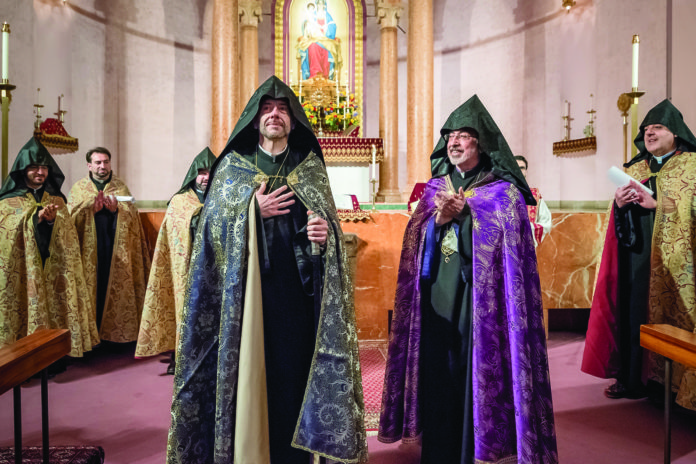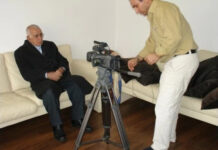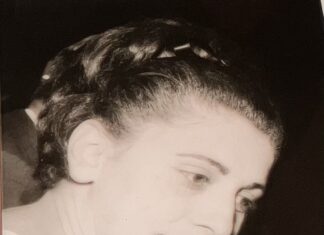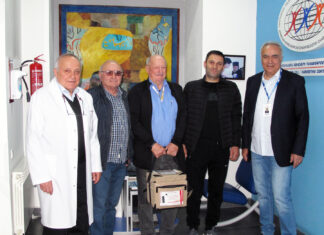NEW YORK – Very Rev. Daniel Findikyan’s election on May 4 as Primate of the Eastern Diocese of the Armenian Church of America represents a decided change from the past. The installation of any new Primate for the first time after 28 years, which is the length of time Archbishop Khajag Barsamian, the longest-serving Primate in the history of the Diocese, was in office, would imply change, but on top of that, Findikyan is the first American-born priest to hold this office, and his election coincided with the mass movements leading to a change of government in Armenia.
Findikyan commented, “I was elected Primate the same week that Nikol Pashinyan claimed his place as prime minister, with all those really remarkable events in Armenia. People could not help but remark that it was a new day, with fresh hopes and expectations. I don’t want to be too romantic about that. Time will tell. My way of expressing it is that perhaps the holy spirit of God is at work here.”
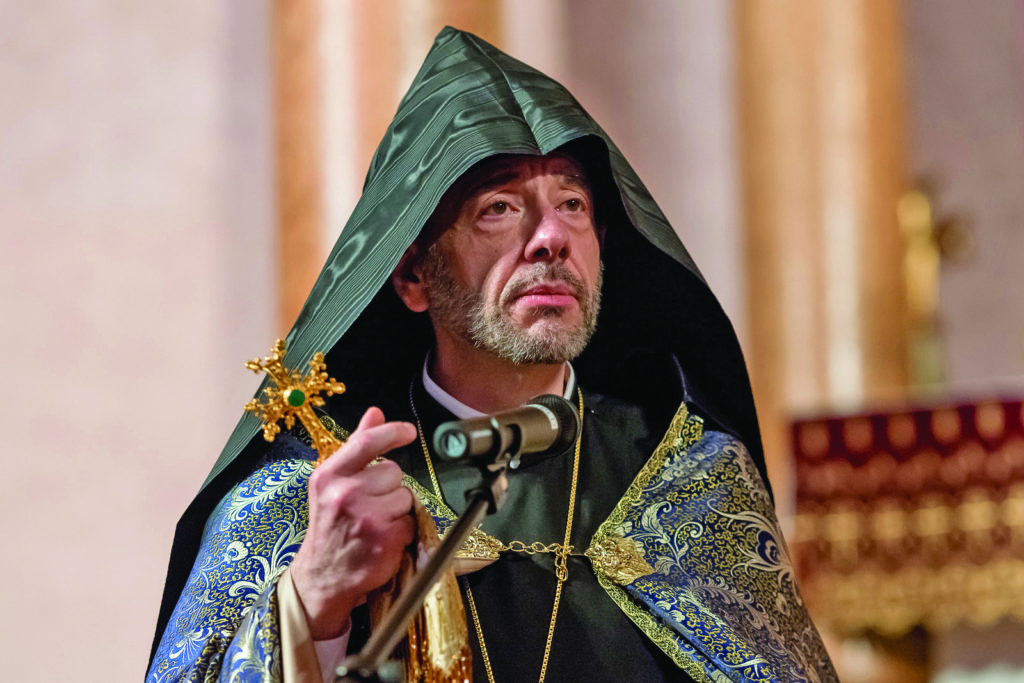
Young Michael Findikyan
Findikyan is simultaneously Armenian and American — and even German. He was born Michael Findikyan in Fort Worth, Texas, where his family had no Armenian connections whatsoever. His mother is German, and through her he learned German. On the other hand, his father is from Istanbul, and his grandfather was the director of the Gomidas Choir there and a real leader of the Armenian community there.
Findikyan said that his grandfather was part of the Armenian National Assembly which elected Patriarch Shnorhk Kalustyan and on the organizing committee for the visit of Catholicos of All Armenians Vasken I to Istanbul.
Findikyan as a child was old enough to hear stories of Istanbul Armenian life from his grandfather, who relocated to Brazil with his wife and a daughter and her family in 1960, but frequently visited the US. He also heard much from his father, who came to the US as a college student.



